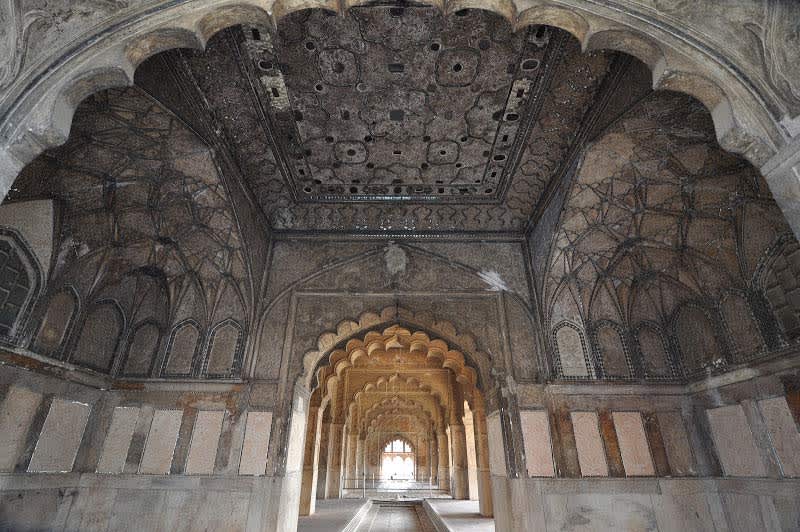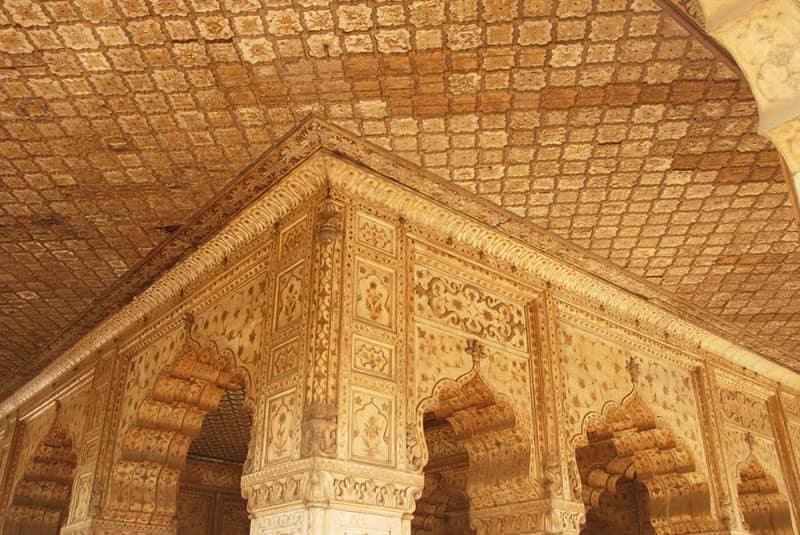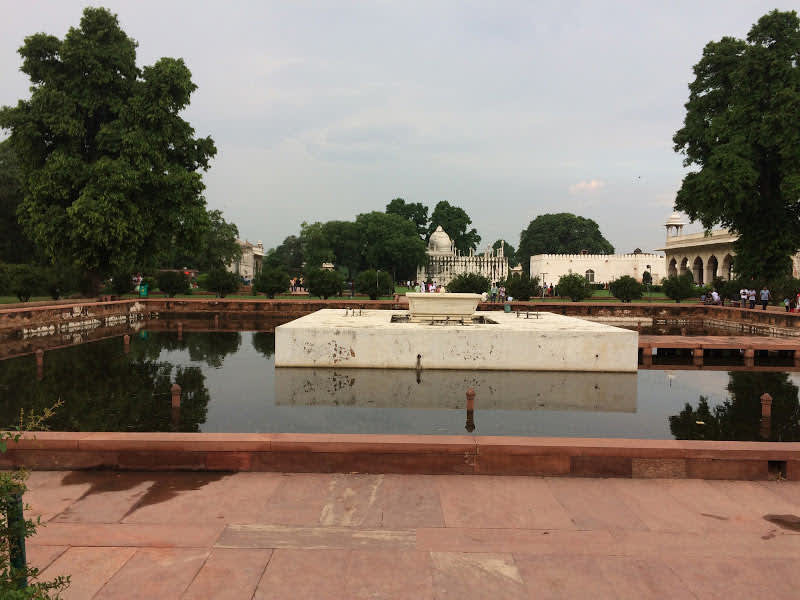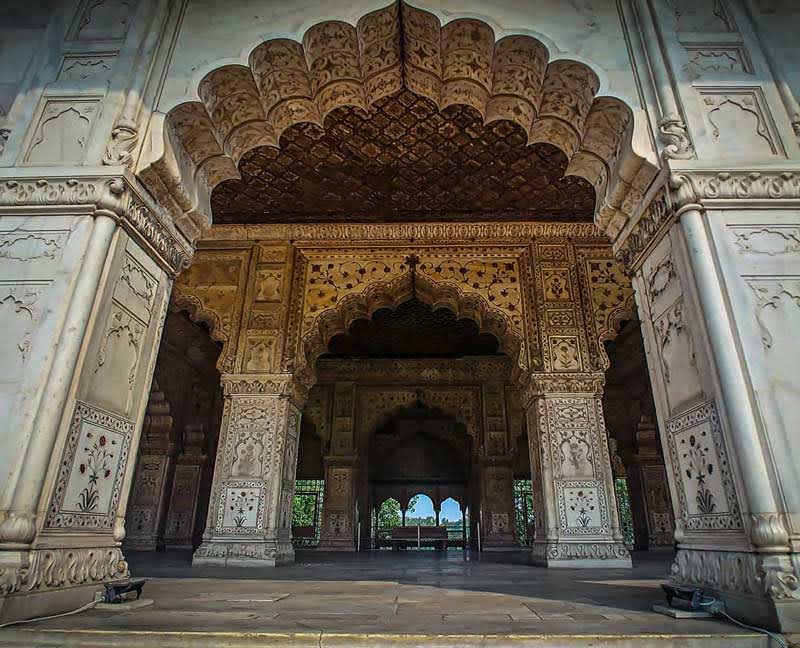 Delhi
DelhiDid You Know The Rang Mahal At Red Fort Has A Shish Mahal As Shown In Mughal-E-Azam?
With great power comes great luxury, and often a great deal of decadence. Kings and emperors could, at the time, do as they pleased, and the emperors and great rulers of our past never wanted for comfort, going to great lengths to make sure all their pleasures were provided for. Their palaces, forts and citadels were decked up in the grandest manner possible, with the most exquisite materials they could find.
No king built better than Shah Jahan, and no fortress was built as imposing as his Red Fort in Delhi. Facing the imperial walled city of Shahjahanabad and built on the banks of the Yamuna River, the fort has wide, sprawling gardens, imposing audience chambers, an ornate mosque and resplendent residential quarters. The Mughal emperors, like so many other kings, had many wives and concubines, and they were given special quarters in the imperial residence.
The Palace Of Colours

Picture Credits: Jaideep Chaudhary
The Rang Mahal (‘Palace of Colours’) was built as part of the seraglio in Shah Jahan’s time. Built atop a basement, this magnificent building was initially painted on the interior, which gave it its colourful name. Also known as the Imtiaz Mahal (‘Palace of Distinction’), the Rang Mahal had a water channel known as the Nahar-e-Bihist (‘Stream of Paradise’) flowing through its precincts. Ornately engraved arches divide the building into six parts.
The Shish Mahal

The compartments at the Northern and Southern ends of the Rang Mahal are known as the Shish Mahal (‘The Glass Palace’) made of beautiful chambers decorated with marble, with mirrors embedded into the walls and a ceiling that reflects even the minutest ray of light, thousands of times over.
The mirrored chambers of the Rang Mahal occupy pride of place in popular Indian culture, popularized by filmmaker K. Asif in his film Mughal-e-Azam (‘The Greatest Mughal’), the only sequence shot in colour in an otherwise black-and-white film, where a mesmerizing dance sequence involving the beautiful Anarkali of common birth fearlessly declares her love for Prince Salim before an irate Emperor Akbar.
The Importance Of Water

Picture Credits: Irfan Momin
The Nahar-e-Bihist is testimony to medieval architects’ expertise where waterworks were concerned, as they succeeded in creating a water source that cooled the building in the hot summer months. The marble basin in the centre of the palace is said to have had an ivory fountain.
A Place Of Wonder

Picture Credits: /picturesque._as/
One imagines the quiet hours of royal life, as the imperial presence descended from the chambers of the audience to the chambers of pleasure, the royal musicians playing melodious notes as the ruler went about his playful pursuits, bird song tinkling across the gardens in an atmosphere of peace and serenity. Medieval rulers had very elaborate ideas of what paradise must be like, and they laboured to recreate it on earth.
The Rang Mahal is a must-visit, a place to be seen and experienced, with the mind travelling back to the pleasures and opulence of an era long past, obviously when it is safe to do so.
Where | Rang Mahal - Red Fort, Netaji Subhash Road, Chandni Chowk
Timings | 9 AM - 5 PM
Like
Bookmark
Share

